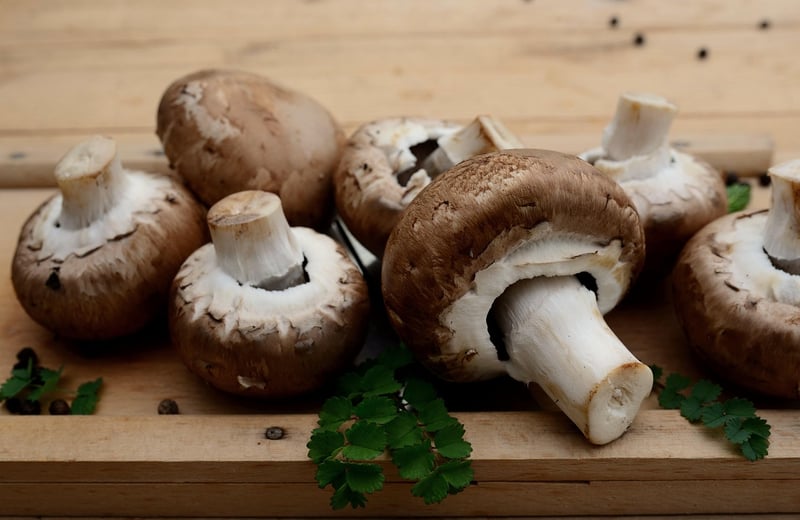Ingredient Substitutions
Enhance Your Culinary Skills with Ingredient Substitutions
Are you looking to elevate your cooking game but don't have all the necessary ingredients on hand? Worry not! Ingredient substitutions are here to save the day. Knowing how to substitute ingredients not only allows you to adapt recipes to your pantry staples but also helps you experiment and discover new flavor combinations. Let's dive into some common ingredient substitutions that can help you enhance your culinary skills.
1. Butter
Out of butter? No problem! You can substitute it with an equal amount of margarine, shortening, or even coconut oil in baking recipes. Each substitute will bring a slightly different flavor profile to your dish, so feel free to experiment and find your favorite.
2. Eggs
For vegan or egg-free options, you can use ingredients like mashed bananas, applesauce, or flaxseed meal mixed with water as substitutes for eggs in baking recipes. These alternatives not only bind the ingredients but also add moisture and a unique taste to your creations.
3. Milk
If a recipe calls for milk and you're out, try substituting it with almond milk, soy milk, coconut milk, or even yogurt, depending on the dish. Each substitute will impart a distinct flavor, so choose one that complements the other ingredients in your recipe.
4. Flour
Running low on all-purpose flour? You can often substitute it with whole wheat flour, almond flour, coconut flour, or even oats ground into a flour-like consistency. Keep in mind that different flours absorb moisture differently, so adjust the liquid in your recipe accordingly.
5. Sugar
Whether you're looking to cut down on sugar or ran out of it, there are several substitutes you can use such as honey, maple syrup, agave nectar, or stevia. Each sweetener brings its unique flavor profile, so be mindful of how it will impact the taste of your dish.
6. Herbs and Spices
Don't have a specific herb or spice on hand? You can often substitute one herb for another within the same flavor profile. For example, if a recipe calls for thyme but you're out, you can use oregano or marjoram instead. Experimenting with different herbs and spices can lead to exciting new taste sensations.
By mastering the art of ingredient substitutions, you can become a more versatile and creative cook. Don't be afraid to think outside the box and tailor recipes to suit your preferences and what you have available. Happy cooking!

Images source: Pixabay
